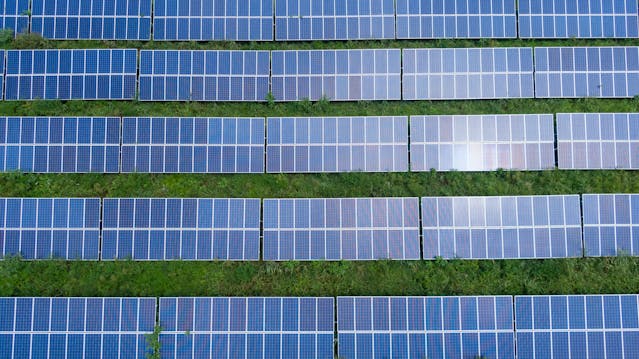Renewable Energy Sources: Powering a Greener Future
As the world faces climate change and growing energy demands, renewable energy has become a key solution for a sustainable future. Unlike fossil fuels, which are finite and polluting, renewable energy comes from natural sources that replenish continuously. Harnessing these sources can reduce carbon emissions, protect the environment, and create long-term energy security.

Solar Power: Energy from the Sun
Solar energy captures sunlight using panels or collectors and converts it into electricity or heat. It is one of the fastest-growing renewable sources:
- Abundant and accessible: Sunlight is available almost everywhere on Earth.
- Clean and sustainable: Solar panels produce electricity without greenhouse gas emissions.
- Versatile applications: From rooftop panels to solar farms, energy can be used at home or on a large scale.
Advancements in technology are making solar energy more efficient and affordable for households and businesses alike.
Wind Power: Harnessing Air Currents
Wind turbines convert the kinetic energy of moving air into electricity:
- Cost-effective: Once installed, wind energy has minimal operational costs.
- Environmentally friendly: Wind farms produce clean energy without emitting pollutants.
- Scalable: Can power small communities or contribute to national grids.
Wind power is particularly effective in coastal areas, open plains, and other regions with consistent wind patterns.
Hydropower: Energy from Water
Hydropower uses flowing water to generate electricity, typically via dams or river turbines:
- Reliable energy source: Provides consistent power through controlled water flow.
- Energy storage: Reservoirs can store water for use during peak demand.
- Renewable and clean: Produces electricity without burning fossil fuels.
Small-scale hydropower projects are also emerging as sustainable solutions for local communities.
Emerging Renewable Options
Other renewable sources are gaining attention for their potential:
- Geothermal energy: Uses heat from beneath the Earth’s surface to produce electricity or heat buildings.
- Biomass energy: Converts organic material like plant waste into fuel or electricity.
- Tidal and wave energy: Harnesses the power of oceans to generate electricity.
These options diversify the energy mix and provide alternatives in regions where sunlight or wind may be limited.
Benefits Beyond Energy
Renewable energy offers advantages beyond power generation:
- Reduces greenhouse gas emissions: Helps mitigate climate change.
- Creates jobs: From manufacturing to maintenance, renewable energy sectors provide employment opportunities.
- Energy independence: Less reliance on imported fossil fuels strengthens national security.
Investing in renewables benefits both the environment and the economy.

Final Thoughts
Renewable energy sources are crucial for a sustainable and resilient future. Solar, wind, hydropower, and emerging technologies provide clean, reliable, and abundant energy. By embracing these solutions, societies can reduce environmental impact, support economic growth, and create a greener, healthier planet for generations to come












